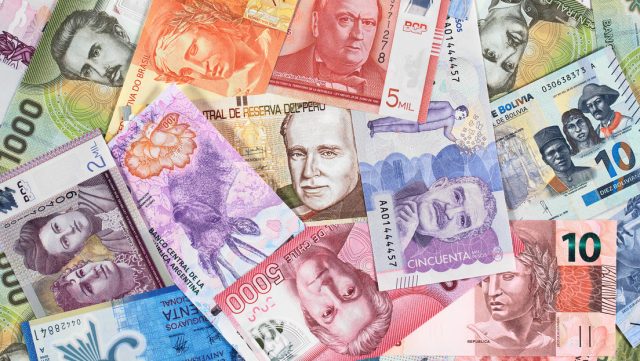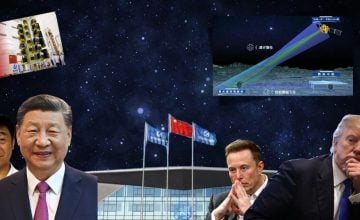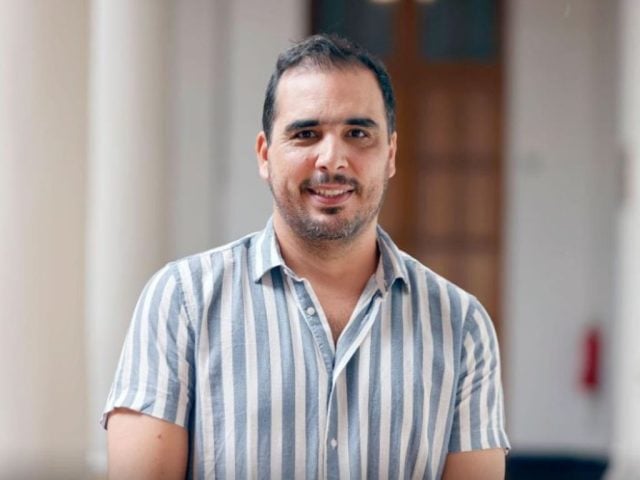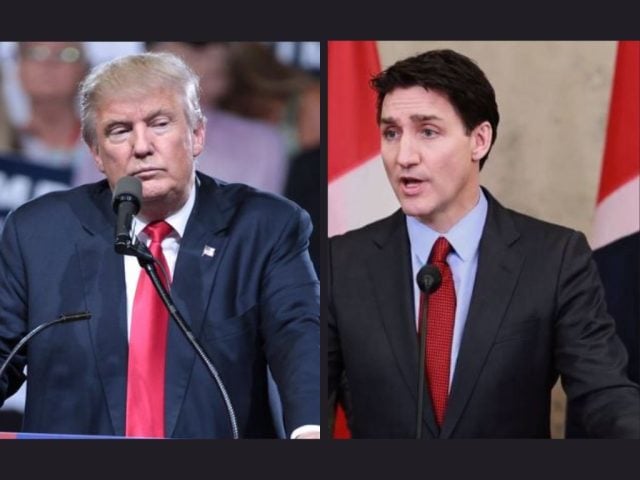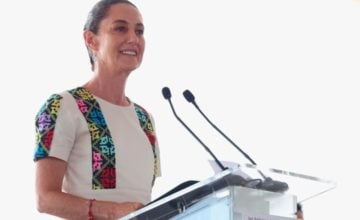The creation of a single and common currency for Latin America and the Caribbean returns to the geopolitical scene, and it is that several regional leaders have taken up the idea of materializing this project that has been latent in the region for almost two decades.
Although it is an issue that must overcome different stages and difficulties, beyond political sympathies, the proposal arises in a context that may be favorable for decision-making, especially after the presidential victories of Luiz Inácio Lula da Silva in Brazil and Gustavo Petro in Colombia, who are in favor of Latin American integration, reduce inequality and improve the regional economy.
For this, instances such as the Community of Latin American and Caribbean States (Celac); the Common Market of the South (Mercosur); the Andean Community of Nations (CAN); the Bolivarian Alliance for the Peoples of Our America – Peoples’ Trade Treaty (ALBA-TCP); and the South American Union of Nations (Unasur), which, although it was almost dismantled by the conservative governments that dominated the region until recently, now seek to rebuild it.Favorable winds for the single and common currency
A key position is that of Lula, who as the elected president of Brazil – the largest regional economy and one of great global influence – has made it clear that a common currency would be essential for Latin America to become independent of the dollar.
To this vision is added that of the president of Mexico, Andrés Manuel López Obrador, who is also key, being the second strongest economy in Latin America. In addition, its geopolitical location has an impact on Central America and its neighbors to the North: the US and Canada.
Towards the Southern Cone, the president of Argentina, Alberto Fernández, a country of great influence in Mercosur, welcomes the project. However, his Chilean counterpart, Gabriel Boric, although he does not rule out the idea, is more timid considering that it is a «very complex» issue. Other actors such as Uruguay and Paraguay, with conservative governments, for the moment, have not pronounced themselves; while Bolivia could be closer to the idea, and Peru’s position, in the midst of a governance crisis, is still unknown.
A key factor is the position in favor of this measure of Colombia. On the subject, the president of the Congress of that country, Roy Barreras, was in favor of legislating for Latin America to build a «common destiny» that could include «a single and common currency» that strengthens regional integration.
Venezuela is also fundamental, the country with the largest oil reserves in the world and other mineral resources, which for more than 15 years has promoted the use of a regional currency.
Venezuelan President Nicolás Maduro recently said that «it would be extraordinary» for countries to discuss the use of a single currency or a multi-currency system. In addition, he proposed incorporating crypto assets, since digital currencies are part of the current economic model.Is a common currency feasible?
The demonstrations in favor opened the doors, again, to a project that could position the Latin American community as a great block of economic and geopolitical power, which, in addition to being self-sustaining and complementary, would have the capacity to export energy, food, minerals, raw materials and a diversity of items.
RT spoke with Charles Giuseppi, a Venezuelan political scientist with a master’s degree in International Economic Relations, to analyze in depth the feasibility of a common currency and the implementation of a single financial system.
«To reach a proposal of this magnitude, something more than a promise is needed, political will is required and that it is not only from governments. It is necessary that the issue be the expression of the will of the State, so that when a government ends its cycle, the monetary system is maintained and is not abandoned due to ideological or political differences, which would generate regression», as happened with Unasur, claims the specialist.
Regarding the fragility that a financial system based only on good political relations could mean, Giuseppi warns that the ideal is to propose the project based on an agreement for the “harmonization of economic policies”.
Before bringing out the coin – he says – «a great economic research center» financed by governments must be created by consensus, «to think hard and well, for at least two years, about how, when, where and under what conditions it (the common system) will be born».
Along these lines, he comments that for the euro to be born, there were debates starting in 1950 and it was only until 2001 that it was viable. «A single compensation system is a great challenge but not impossible and we can carry it out», he says.
Why is a common coin a big challenge?
Giuseppi explains that the common currency will be viable if governments are willing to overcome difficulties and risks, such as assuming that they will have no control over domestic policies and that economic decisions will be made by the body that manages the regional system.
This requires that countries approve the harmonization of central bank policies and that governments abide by regulations on equal terms, which could create internal conflicts in each country to address their particularities, especially in a region where the majority are poor and the social and economic conditions uneven.
«In Latin America we have very dissimilar economies», which is why one of the difficulties – he adds – is to create a common fiscal-monetary policy «which in itself is a great commitment and a delicate matter for the States».
He explained that only in the South American bloc, there are notable financial differences between countries. On one side are Argentina and Venezuela, which are currently suffering significant inflationary processes and de facto dollarization with their own internal characteristics; and on the other, there are more stable economies but with complexities such as Brazil, Paraguay, Peru, Uruguay, Bolivia, Chile, Colombia and Ecuador (which uses the dollar as its official currency).
One way out, adds Giuseppi, is for Brazil to take ‘charge’ and lead the harmonization of economic policies, because its model focuses on the «enormous» agro-industrial production, the strength of small and medium-sized industry and the export of food and energy resources. .
In order to “really think about the feasibility of the project”, complexities such as the maturation of the political, social and economic structures of each country must also be observed.Poverty and inequality: point in favor?
According to the Economic Commission for Latin America and the Caribbean (Cepal), poverty and inequality in the region affect more than 200 million people.
Giuseppi explains that precisely poverty and inequality would be the common factor for countries to integrate into a common currency, given that it would allow them to improve the income and quality of life of disadvantaged sectors.
«The majority of the population of Latin America has a medium or low income, and the rich are more concentrated. This makes the region very unequal, which would favor the use of a common currency, because it would allow the homogenization of income and benefit the poor.
How to do it?
Giuseppi explains that monetary unification must incorporate a strategy that educates and generates confidence about the use of the common currency, which could be called the «Amazonian Peso».
«Currencies are a matter of trust and achieving this requires incorporating a great advertising and propaganda campaign that transmits strength. In addition, it requires the creation of a Latin American Central Bank that is in charge of harmonizing the use of the currency and that could have Uruguay as its headquarters».
That institution would also be in charge of directing the coexistence of that eventual «Amazonian Peso» with the current Latin American currencies, which would continue to circulate in «a dual currency» system.
To support the common currency, countries could place their strategic reserves as collateral. «Latin American countries are powers in mineral resources such as oil, gas, lithium, copper, diamonds, gold, iron, so that the Amazonian Peso could compete strongly in the international arena.»
The common currency – he adds – “would do the opposite of the dollar, which eats up and attacks the local currency. Then, in the face of depreciation and the increase in the cost of life, that currency would rescue our currencies».Mexico and the regional blocs
Giuseppi believes that the regional blocs have a fundamental role in creating the single and common currency, because they have an institutional platform that could allow it to be put into operation.
«For example, the CAN, which predates Mercosur, has amendments and protocols that have created an institutional framework that could be used to implement the currency». The countries – he adds – should take advantage of and involve continental organizations such as ECLAC, so that they contribute ideas on the subject.
Guiseppi warns that Mexico is crucial in this process because in addition to being the second largest regional economy, it shares borders with the US. «No integration and unification project could advance without Mexico. It has a considerable industrial park, it guarantees monetary stability due to internal demand, just like Brazil, and it receives a large volume of remittances from the US”.
Why not dollarize?
Dollarizing – says Giuseppi – is a proposal that arises from ignorance. «The dollar may facilitate some transactions but it does not solve the problems. It is a currency that does not belong to us, that the United States controls, and to assume it, is to enter into a structural dependency that would be impacted by the decisions of the Federal Reserve, its interest rates, and we would pass to a kind of monetary tutelage“.
The expert indicates that dollarization only oxygenates the economy in times of weakness, such as the hyperinflation suffered by Venezuela, but «does not produce wealth».
«Ecuador, for example, which tried dollarization years ago, continues with the same levels of poverty as before. What improved their living conditions were the social policies implemented by former President Rafael Correa”, considers the expert.
In addition, the use of the dollar in daily life generates distortions in the economy, says Giuseppi. In Venezuela, for example, to buy something for 1.5 dollars, you must combine it with bolivars, buy another product that you don’t want so as to complete the 2 dollars, or receive a candy as change.
«In peripheral countries, the dollar is a mirror currency, it cannot exist without depending on a local currency, which supports it and gives it trafficability. It has limitations in its operation and does not finish dominating the scene. The banknotes deteriorate and are rejected».To be taken with caution
Giuseppi believes that the region must cautiously approach the challenge of the single and common currency. «It is a huge challenge that we Latin Americans must take on without trembling, so as to solve our monetary problems, give our currencies a boost and get the economy back on track».
To achieve this – he adds – there are mistakes that cannot be made, such as improvising, conditioning the project on political sympathies, using the dollar as a reference and not informing the population.
Giuseppi considers that it is also necessary to review the experiences of the Euro, which, although it is the paradigm of monetary unification, it is fracturing. «For this reason, any integration project must be viewed with great caution».
